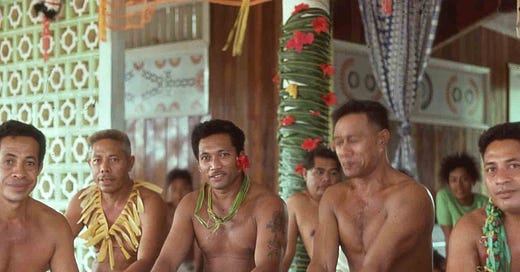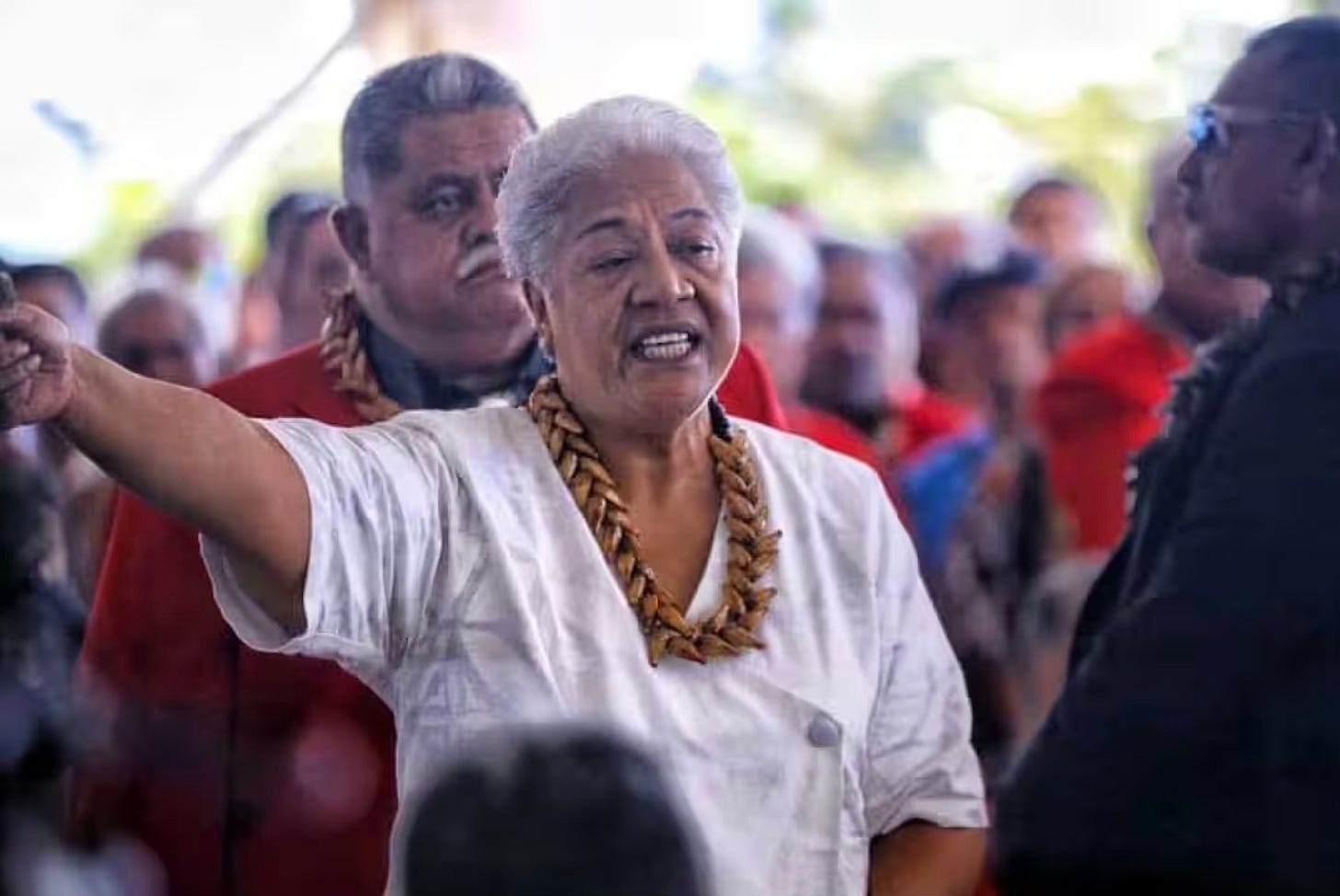In Sāmoa’s high level politics nothing is ever quite what it seems and appointments just made to an obscure, ill-defined conclave of ali’i or chiefs underlines this.
Sui O Le Fono a Sui Tofia or the Council of Deputies is Sāmoa’s constitutional version of Schrödinger's cat; dead, alive, what does it do, who knows? Roles and duties are vague in what is a kind of waiting room for the chap deemed most likely to become the next O le Ao o le Malo or Head of State. The council also acted as a kind of deputy head of state, but it is not a constitutional requirement that a Head of State be a member of the council. It's just kind of understood to be so.
‘Rats infested the atoll… they ate our crops, invaded our homes and harmed local wildlife. We saw the rat problem becoming worse - atoll drives rats out… below
Under a particularly tortuous section of the constitution the council is said to consist of one, two or three persons elected by the Fale Fono or Legislative Assembly. For large periods of time since independence in 1962, it had just one member, which is the case now in which former chemist Le Mamea Ropati sat alone since 2018.
What is not formally stated in the constitution is the long held assumption that the head of state position would go to one of the four tamaʻāiga or royal titles, the other three would shuffle into the council, and wait. Le Mamea was never tamaʻāiga. The council was part of the whole constitutional package that produced matai suffrage and mixed representation for part ethnic Sāmoans. It was a vaguely democratic solution to a problem perceived around independence by the United Nations. Circumstances today are far different.
Now Prime Minister Fiame Mata’afa and her government have suddenly retired the aging Le Mamea and put in three new members. Players are being jostled and moved, in preparation for what?
Keep reading with a 7-day free trial
Subscribe to Michael Field's South Pacific Tides to keep reading this post and get 7 days of free access to the full post archives.




